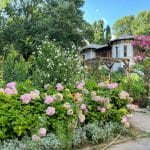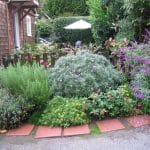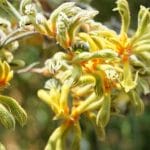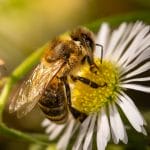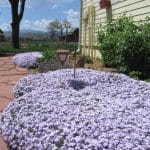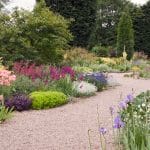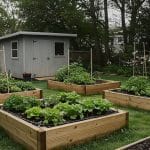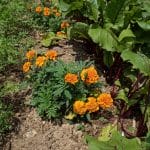Gardening In Small Spaces
Container Gardening Garden Design In The Garden
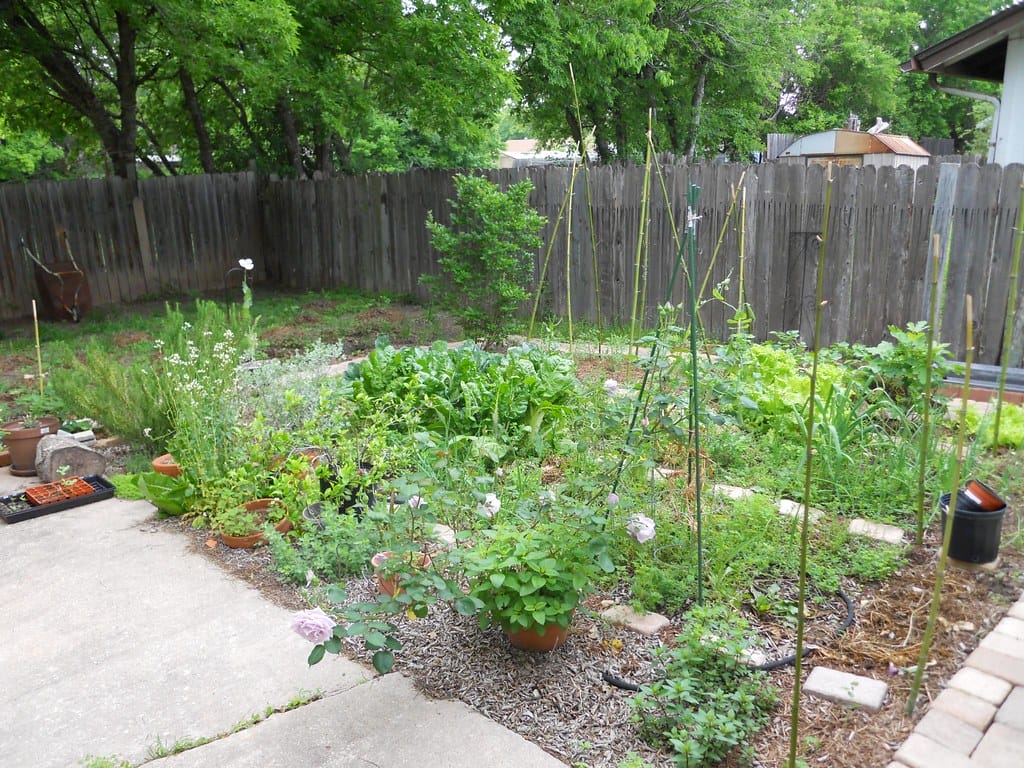
Starting Small: How I Learned to Garden in Tight Spaces
When I first dipped my toes into gardening, I didn’t exactly have a postcard setup. Just a sad strip of lawn that barely fit the mower, some uneven clumps of grass, and absolutely no clue what I was doing. But I had this stubborn urge to grow something I could eat — tomatoes, herbs, anything that went straight from soil to plate.
Years (and a graveyard of failed plants) later, I’ve figured out something important: you don’t need a big backyard to grow good food. You just need to outsmart the space. Containers, trellises, a little creativity — it all adds up. Got a balcony? A sunny fence? A narrow walkway that gets a decent amount of light? That’s your new garden.
Here’s how I’d approach it now if I were starting over with tight quarters and that same hungry itch to grow.
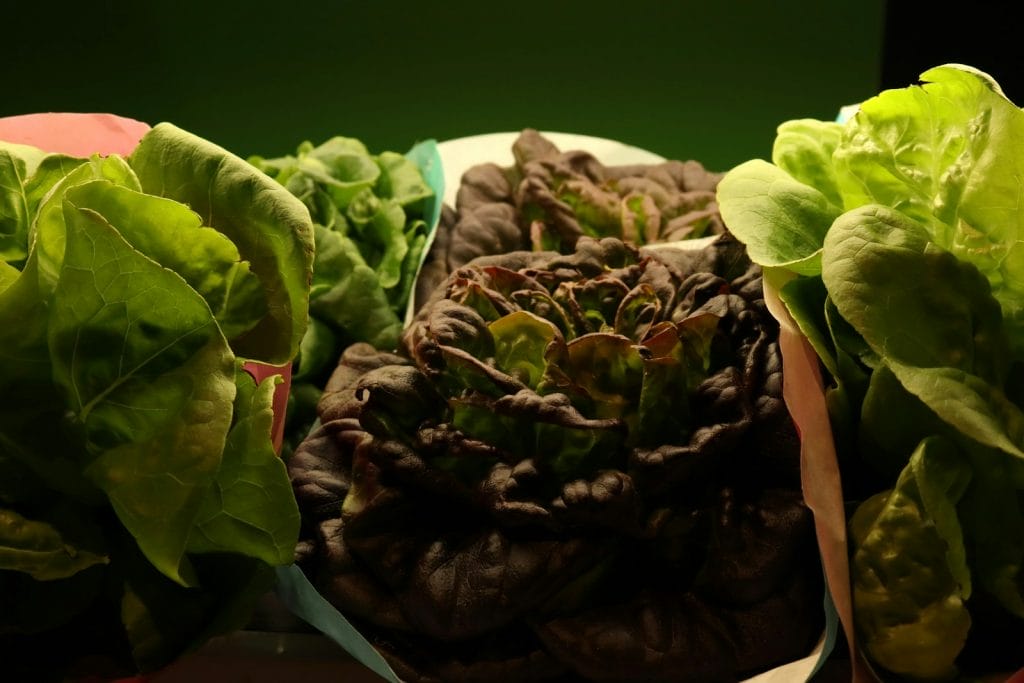
Start With the Obvious: What Do You Actually Eat?
I once grew a perfect cauliflower. Tight, white, practically glowing. And then I gave it away, because turns out… I don’t like cauliflower. Lesson learned.
So if space is limited, grow what you already crave. Think about what hits your grocery list on repeat — cherry tomatoes, basil, salad greens? That’s your starting point.
Here’s what earns its keep in my cramped spots:
- Lettuce (quick, easy, barely needs room)
- Basil, parsley, thyme (compact, super useful)
- Peppers (small footprint, big payoff)
- Green onions or chives
- Cherry tomatoes (especially if they’ve got something to climb)
Four to six crops is plenty to kick things off. Keep it tight, useful, and tasty.
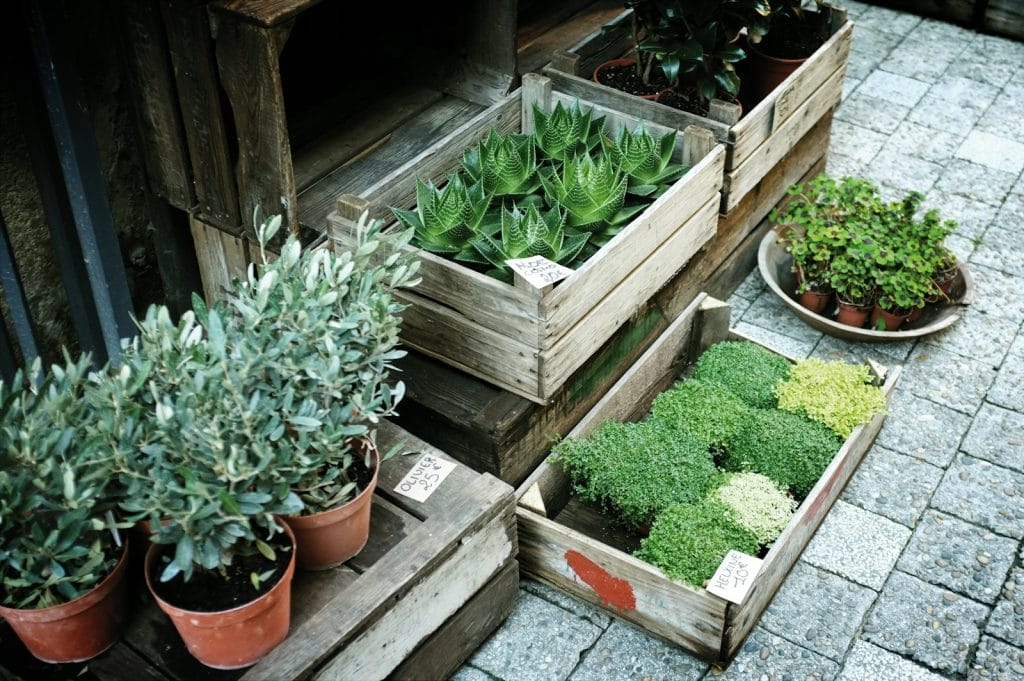
Containers: Your Small-Space
If I had a buck for every time someone said, “I wish I could garden, but I don’t have a yard,” I’d have enough for a load of compost and a cold drink to go with it.
Containers are your friend. I’ve grown lettuce in window boxes, peppers in 5-gallon buckets, and cherry tomatoes in old plastic bins I drilled holes into with a pocket knife.
Here’s what matters:
- Drainage is non-negotiable. No holes? Make some.
- Root space matters. Go deeper for things like tomatoes or carrots. Shallow bowls work for herbs and greens.
- Use real potting mix. Not soil from your yard. Mix in compost if you’ve got it.
- Convenience counts. Keep your containers near the hose or spigot. I learned that one the hard way—hauling water jugs at 8 p.m. in July isn’t exactly romantic.
Grow Up, Not Out
One of my best lightbulb moments was realizing that vertical space is fair game. Fences, walls, railings — they’re not just boundaries, they’re trellises waiting to happen.
I’ve trained cucumbers up strings, hung baskets of strawberries off a railing, and once stapled an old canvas shoe rack to the fence, filled it with soil, and grew lettuce and mint in the pockets. Was it pretty? Not even close. But the harvest was solid.
Ideas to steal:
- Hanging baskets (great for strawberries or compact herbs)
- Wall-mounted planters
- A-frame shelves with pots on each tier
- Tomato cages or trellis nets for anything that vines
It’s kind of like garden Tetris. Not always elegant, but it gets the job done.
Design Like You’re Solving a Puzzle
Forget long garden rows. In small spaces, you want block planting, layering, and double-duty layouts.
How I usually arrange things:
- Tall stuff in the back (or north side, so it doesn’t block the light)
- Short, quick growers in front
- Herbs along the edges for quick snips
- Fast crops (like baby greens or radishes) wedged between slower ones
I’ve tucked lettuce between young peppers and harvested it long before the peppers filled out. That’s how you make every square inch count.
Also: resist the urge to overplant. I still struggle with this one. Too many plants too close means poor airflow, more pests, and rotting leaves. Ask me how I know. (Spoiler: mushy basil. Again.)
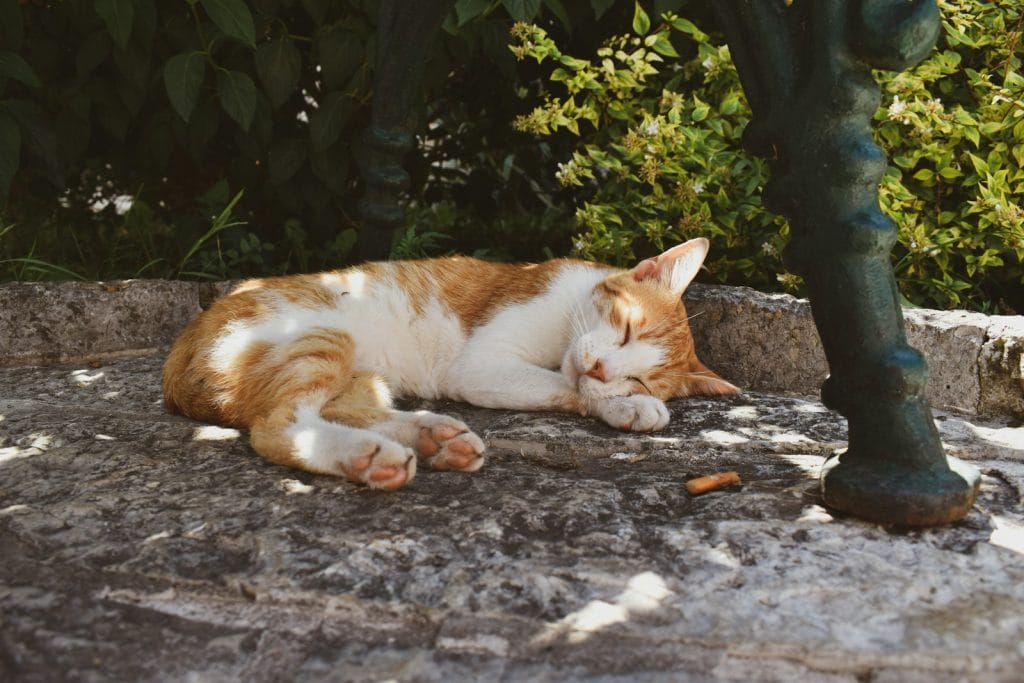
Know Your Light
This part’s huge. In a small space, light is the dealbreaker.
I’ve literally sat in a lawn chair for an entire day (cold drink in hand) and tracked where the sun hits hour by hour. It was oddly satisfying. And totally worth it.
If you’ve got six or more hours of sun, you’re golden. Grow anything. If you’re under that, focus on greens and herbs — they’re more forgiving.
Tiny Garden, Mighty Teamwork
When space is tight, companion planting gets extra helpful. You want plants that play nice and help each other out — like the good kind of roommates.
Favorites of mine:
- Tomatoes + basil + marigolds – classic combo, deters pests, smells amazing.
- Carrots + onions – their smells confuse each other’s worst enemies.
- Lettuce + radishes – radishes pop up fast, lettuce keeps them shaded, everyone wins.
Even if the science behind companion planting isn’t foolproof, the beauty and balance of these combos? Totally worth it.
Keep It Chill and Actually Enjoy It
There’s something lovely about a small garden. You notice everything. You check in more often. You know every plant like an old friend.
I’ve picked basil from a cracked pot by the mailbox and felt more joy than from some fancy raised bed. It’s not about how much you grow — it’s how you connect with it.
Start simple. Water often (especially containers — they dry out fast). Feed the soil. Plant in waves so you’re not buried in lettuce one week and empty the next. And keep notes. I scribble stuff in a dirty little notebook: what worked, what didn’t, what I’ll try next time.
One Last Thing
If all you’ve got is a small patio, a sunny windowsill, or just the gumption to try — that’s enough.
Don’t wait for perfect. Use what you’ve got. Let your space teach you. That kind of gardening? It sticks. And it grows.
Share this post
All categories
More From The Garden
Disclosure: This post may contain affiliate links. That means if you click and buy, The Bright Garden may earn a small commission, at no extra cost to you. We only recommend products we’ve vetted and believe will benefit our readers.


